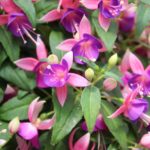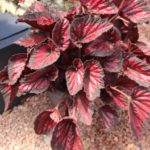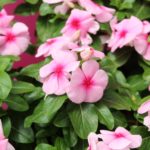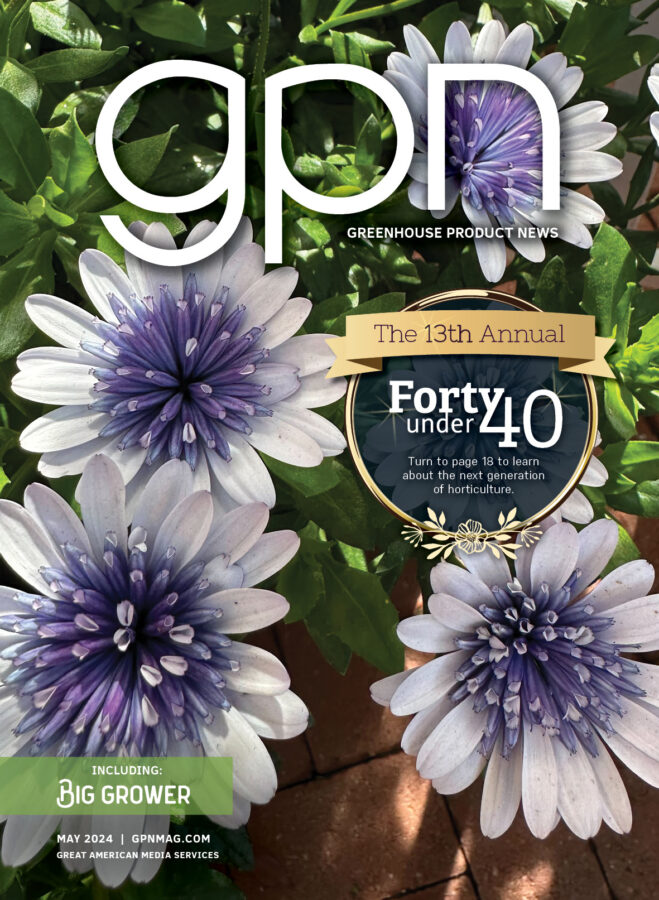
New Downy Mildew Species Named in Honor of Cornell Researcher
The practice of honoring individuals by incorporating their names into biological nomenclature has a long history.
There are species named after scientists like Charles Darwin (Geochelone nigra darwini) and figures in popular culture (Notiospathius johnlennoni). Dick Korf, who worked as a fungal taxonomist in Cornell’s Plant Pathology Department from 1951 to 1992, may hold a Cornell record with 19 eponymous taxa.
The College of Agriculture and Life Sciences at Cornell University recently announced there’s a new eponymous taxon to join them. Hyloperonospora daughtreyae, a species of downy mildew that affects cleomes, or spider flowers, was recently named after Margery Daughtrey, senior Extension associate.
Daughtrey works at Cornell’s Long Island Horticultural Research and Extension Center, and she has been a member of the plant pathology and plant-microbe biology unit since 1978. Her research focuses on improving disease management for pathogens that are problematic in greehouses and nurseries in New York.
Downy mildews are responsible for increasingly destructive diseases that affect ornamental plants. Effective diagnosis, monitoring and management all require the ability to clearly identify the pathogen species. However, this has proven difficult for many downy mildew species, given the complexities in phylogenetic analyses and pathogen variability, even within an individual plant.
In a study published on May 15, 2020, in the European Journal of Plant Pathology, Daughtrey and her co-authors reported the discovery of a new species of downy mildew in a cleome plant in Nassau County, New York. Through phylogenetic analysis, they successfully isolated and characterized sequences in the plant’s genome, which then revealed that the downy mildew isolate belonged to a distinct grouping in the genius Hyaloperonospora.
In their species definition, the authors wrote, “Dedicated to Margery L. Daughtrey, who collected the samples and has made significant contributions to the field of ornamental plant pathology, especially in the area of downy mildew diseases.”
To read the full story, click here.

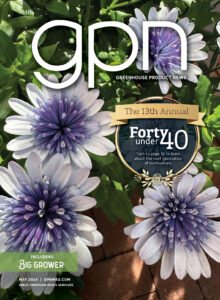
 Video Library
Video Library 



